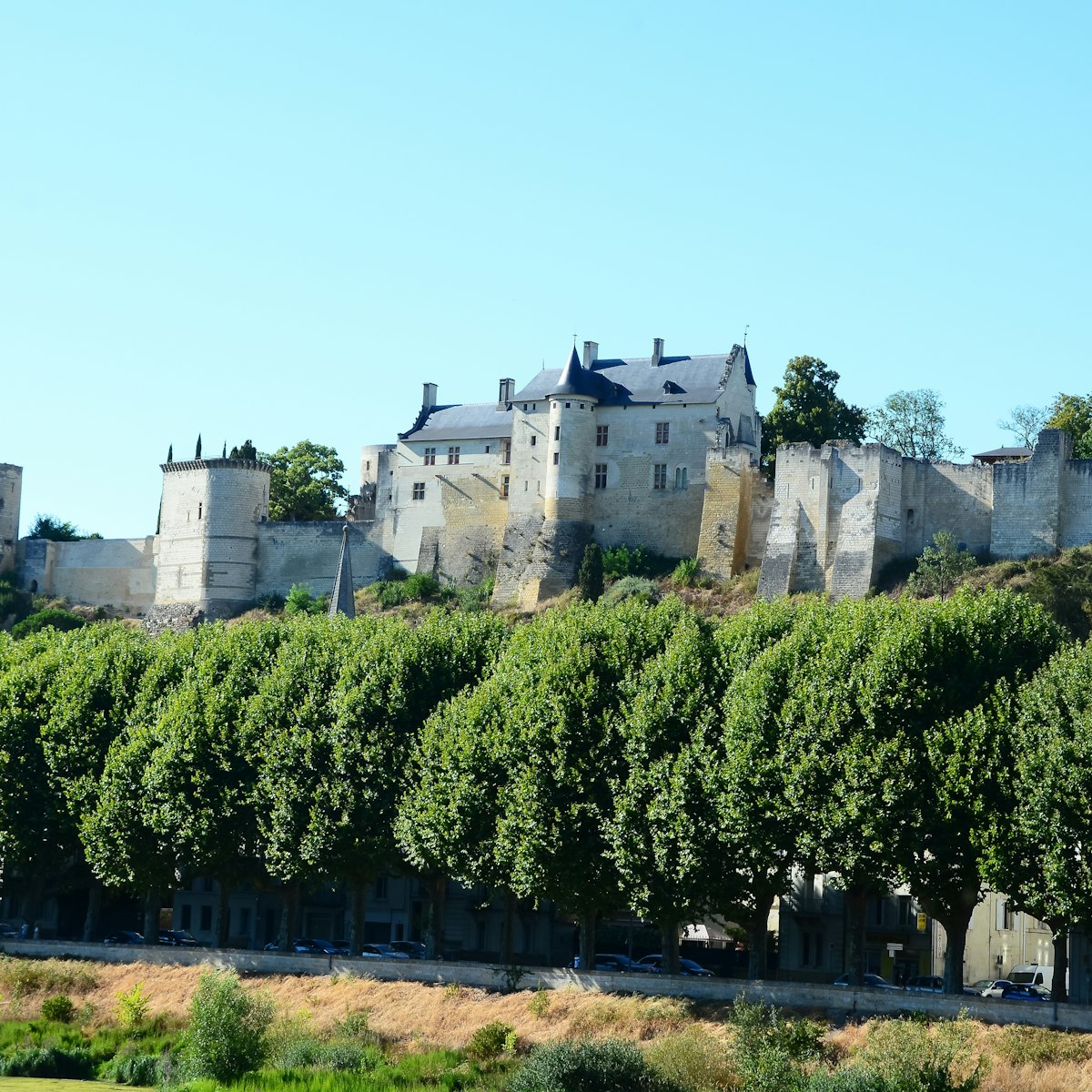The most medieval of the Loire châteaux, Langeais – built in the 1460s – looks much as it did at the tail end of the Middle Ages, with crenellated ramparts and massive towers dominating the surrounding village; original 15th-century furniture fills its flagstoned chambers. In one room, a life-size wax-figure tableau portrays the marriage of Charles VIII and Anne of Brittany, held here on 6 December 1491, which brought about the historic union of France and Brittany.
Langeais, superbly preserved inside and out, presents two faces to the world. From the town you see a fortified castle, nearly windowless, with machicolated walls rising forbiddingly from the drawbridge, opened and closed by hand at the start and end of each workday. But the sections facing the courtyard have large windows, ornate dormers and decorative stonework designed for more refined living.
Among the château's many fine, if faded, Flemish and Aubusson tapestries, look out for one from 1530 depicting astrological signs; three intricate panels with mille-fleurs ('thousand flowers') motifs; and seven panels from the famous Les Neuf Preux series, whose nine ‘worthy knights' represent the epitome of medieval courtly honour. In each room, plasticised sheets in eight languages provide information.
The Chemin de Ronde (Parapet Walk) gives you a knight’s-eye view from the ramparts; gaps underfoot enabled boiling oil, rocks and ordure to be dumped on attackers. Across the château’s courtyard, climb to the top of the ruined stone keep, constructed by great 10th-century builder Foulques Nerra (Fulk III), count of Anjou.






